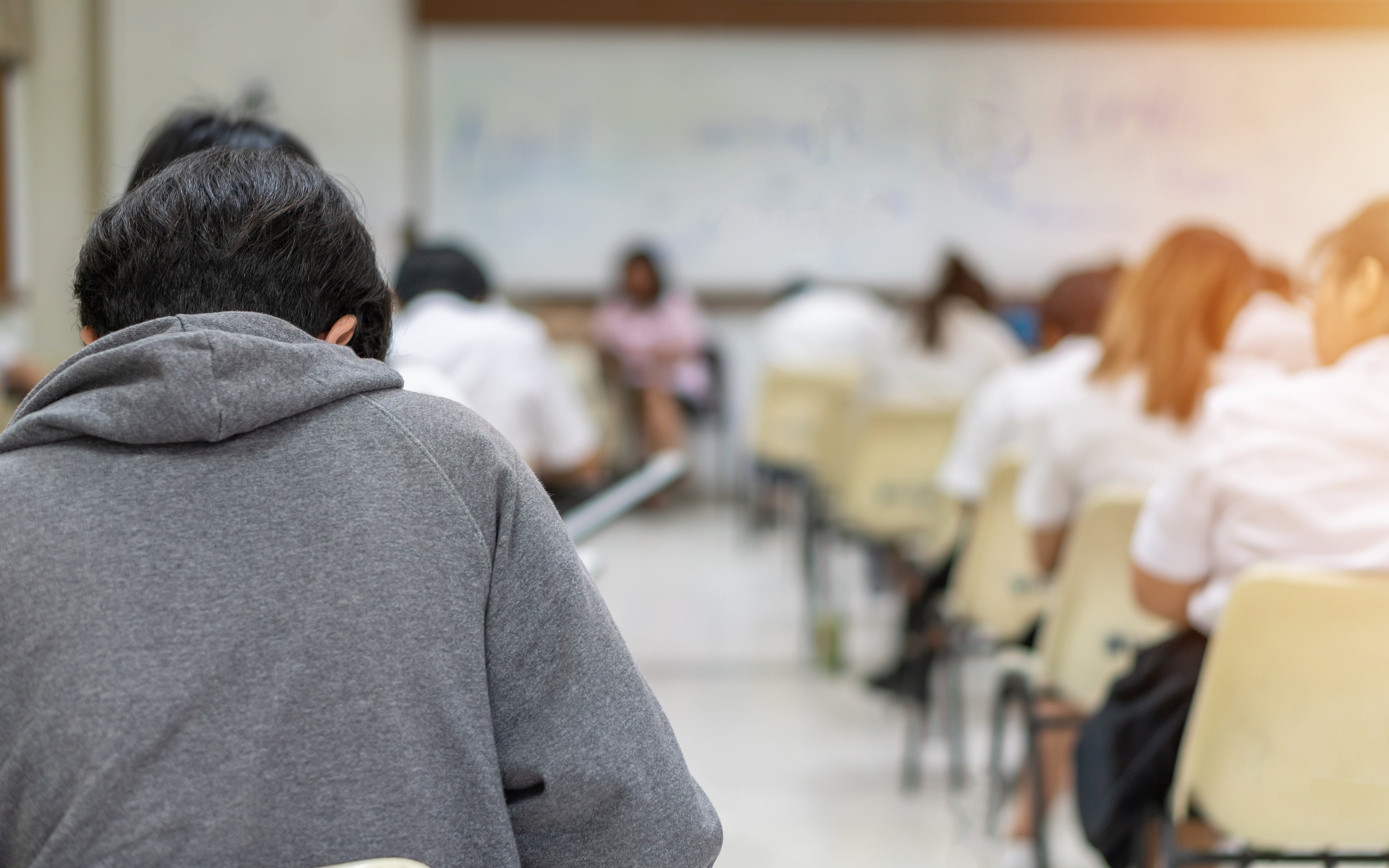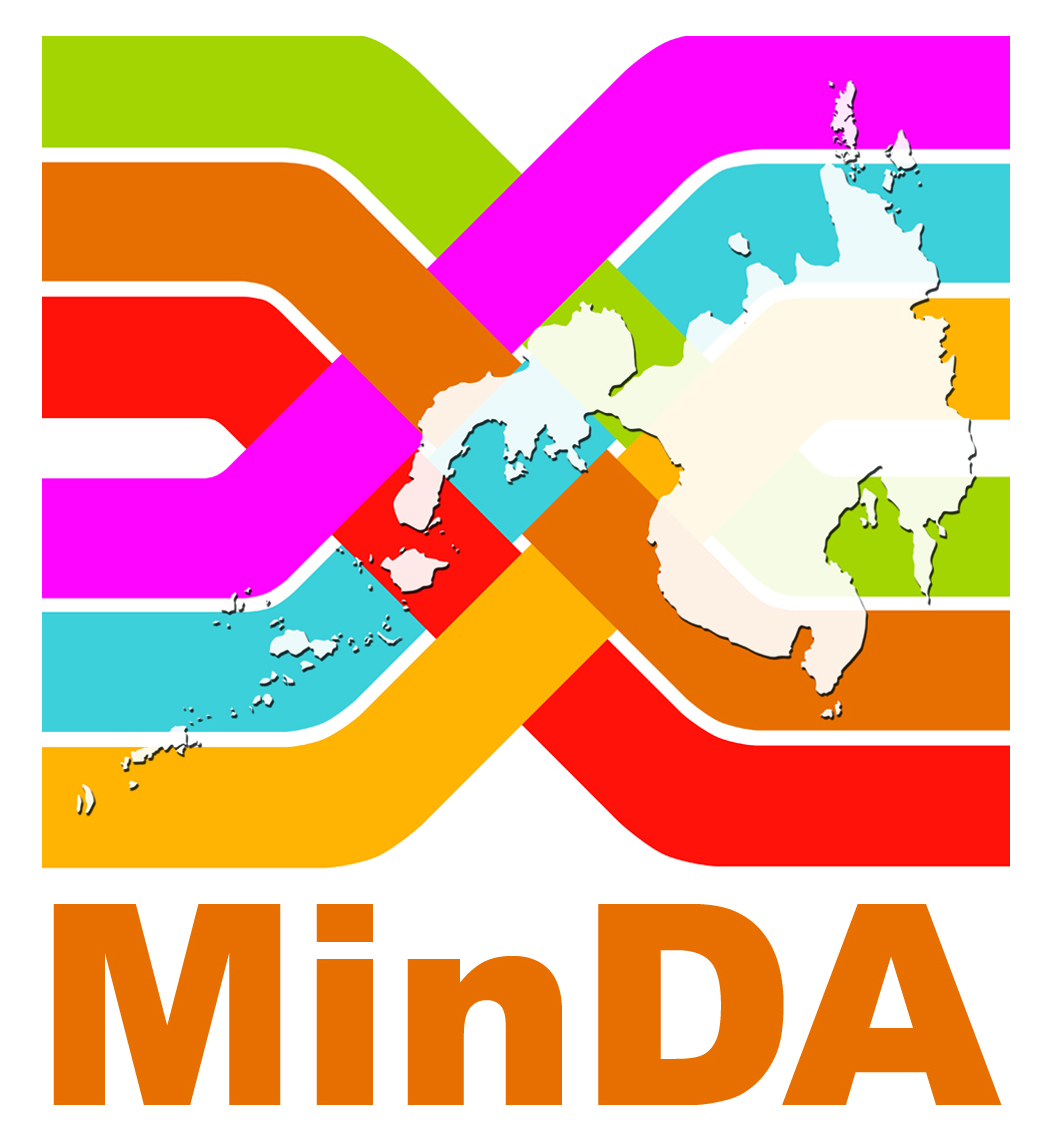Senior High School Education
Socioeconomic Issue in Spotlight

Republic Act 10533, also known as the Enhanced Basic Education Act of 2013, requires educational institutions in the Philippines to add two more years to the country’s basic education program—kindergarten, six years of elementary education, four years of junior high school, and two years in senior high school (SHS). The SHS curriculum has four tracks: (1) academic (which includes business, science and engineering, humanities and social science, and a general academic strand), (2) technical-vocational-livelihood, (3) sports, and (4) arts and design. The law aims to enhance education quality in the country, prepare the youth for higher education, and capacitate them to work or engage in entrepreneurial activities. It also seeks to make the education sector more responsive to the demands of the global economy.
However, in an assessment of the labor market prospects of SHS graduates, Orbeta et al. (2019) found that most human resource officers are reluctant to hire them. Similarly, only a little over 20 percent of SHS graduates enter the labor force as they are not confident that they will get a job after graduation, while more than 70 percent chose to pursue higher education. Those who passed the National Certification assessments also believed employers prefer college graduates. In this regard, the authors called for a reexamination of the employment and entrepreneurial objectives of the SHS program. A follow-up study by Orbeta and Potestad (2020) confirmed the findings of the previous study, indicating that a small number of SHS graduates enter the labor force.
During the first two years of the SHS program implementation, Brillantes et al. (2019) found that the enrollment “exceeded expectations” with a 93.3-percent transition rate from grades 10 to 11. They also found that academically challenged but skilled students were encouraged to remain in school due to the technical-vocational livelihood track. Despite the program’s gains, teachers and students reported several challenges. Teachers struggled in delivering the curriculum due to insufficient guidelines resulting in different interpretations and implementations. They also expressed concerns about the amount of their administrative work that had affected the quality of their teaching. Meanwhile, students reported having a “lack of choice in terms of tracks and standards due to supply-side issues”, leaving some to take tracks not aligned with their interests. The study also discovered that sports and arts are the least offered tracks in SHS. The authors urged the government to ensure the availability of all tracks and major strands, clarify the curriculum implementation design (e.g., subject delivery, classroom assessment, the scope of subjects, scheduling), address the inadequacies in program inputs (e.g., teachers, learning resources, school buildings, facilities, tools, and equipment), and provide appropriate training for teachers so they can better deliver the curriculum.
A good learning environment is essential for achieving learning outcomes. Navarro (2022) revealed serious gaps in the country’s school infrastructure that impact student learning. While progress has been made in decongesting schools, there is still spatial inequality in regional classroom-student ratios. Moreover, access to information and communications technology is still limited. While SHS students’ access rate to computers is 81.5 percent, only 67.3 percent have internet access. Access to electricity in schools also needs improvement, as the coverage rate is still below 100 percent. To solve these issues, she emphasized the need to increase investments in public school infrastructure. Policy options include expanding the coverage of the Special Education Fund expense items and exploring public-private partnerships. She also underscored the significance of geographic information system-based monitoring of school infrastructure vis-à-vis spending, results, outcomes, and gaps.
The COVID-19 pandemic has disrupted the education and training of young people, given the shift to different learning modalities. The pandemic highlighted the need for a comprehensive approach to emergency education incorporating the ideas and fundamentals of flexible learning and disaster risk reduction response. Fontanos et al. (2021) urged the Department of Education to revisit its disaster risk reduction and management framework and clarify how education may be defined as a response and recovery approach to pay attention to threats, including disease outbreaks and community vulnerabilities. Existing provisions for flexible learning options in high school are not specific enough to address concerns on the delivery of the SHS track. They advised schools to collaborate with students to determine the most effective teaching and learning approaches. Special arrangements must be established for learning areas requiring access to laboratories, sports facilities, and equipment for technical-vocational courses.
SERP-P has resources tackling SHS education. Below are some of them:
- Status of Senior High School Implementation: A Process Evaluation
- Senior High School and the Labor Market: Perspectives of Grade 12 Students and Human Resource Officers
- On the Employability of the Senior High School Graduates: Evidence from the Labor Force Survey
- School Infrastructure in the Philippines: Where Are We Now and Where Should We Be Heading?
- Policy Analysis on Education in Emergencies (EiE) and Flexible Learning Options (FLOs) for Senior High School (SHS) in the Philippines
For more studies, simply type “senior high school”, “education”, and other related keywords in the search box of the SERP-P website.


